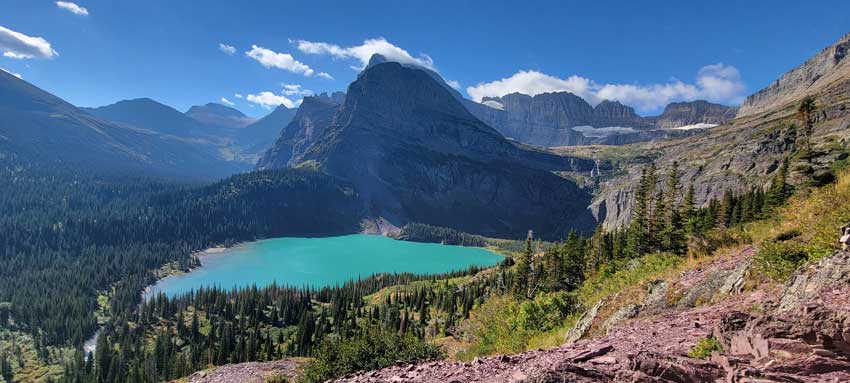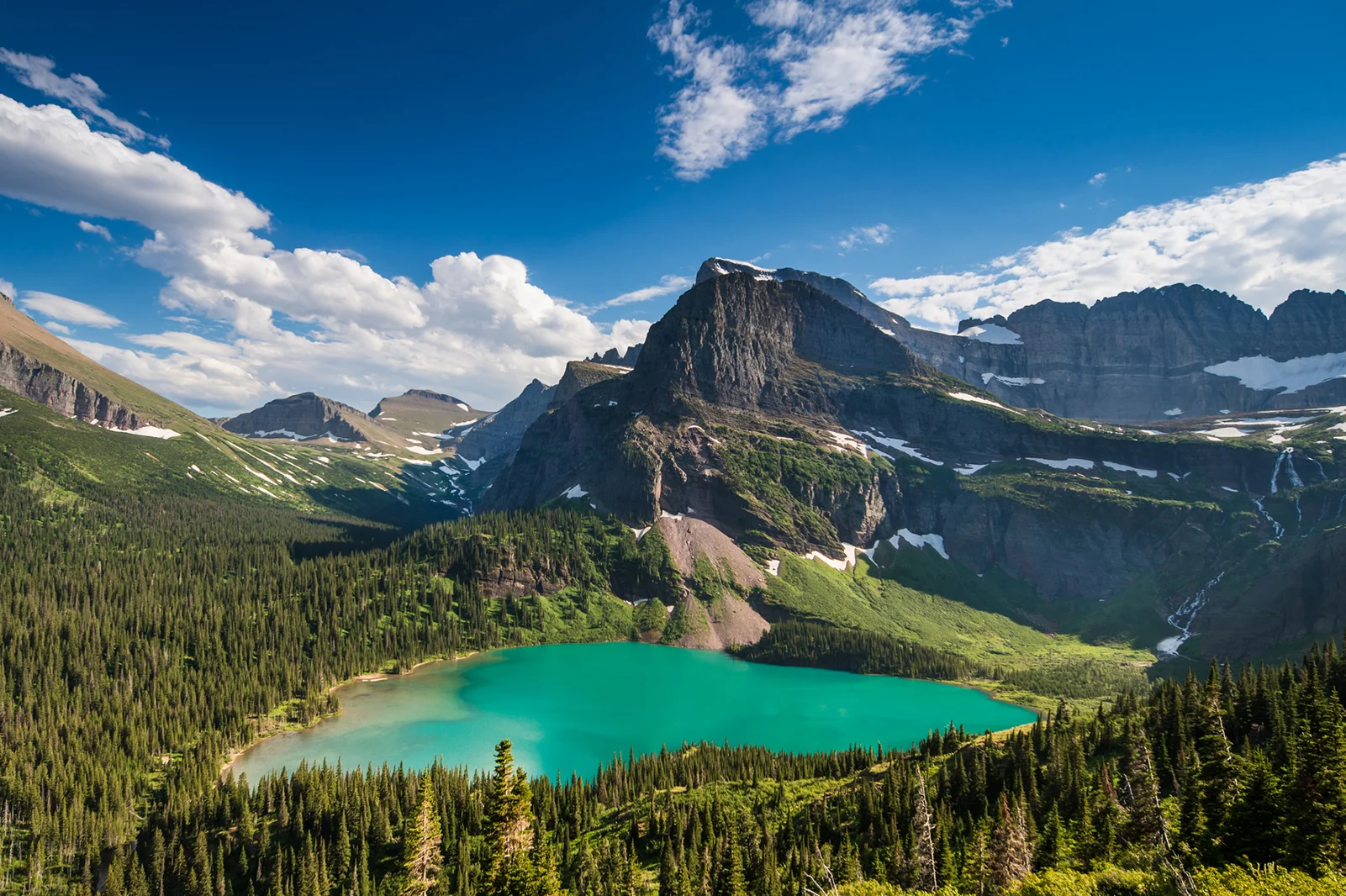AN INSIDER LOOK AT THE REAL GLACIER NATIONAL PARK
After five years of fortunate proximity to one of America’s most beautiful national parks, I feel as though I know the area inside and out.
Learn the ins and outs of visiting Glacier National Park with these helpful hints.
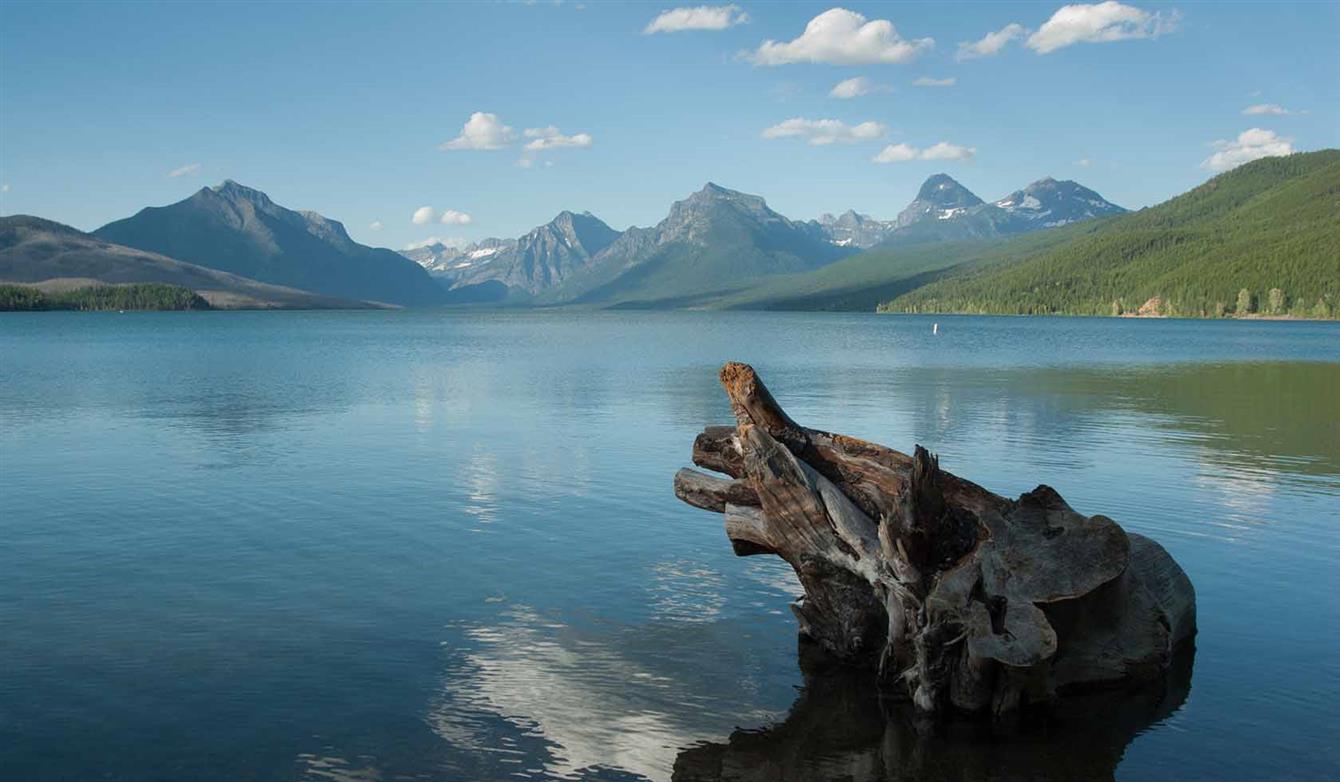
THE GOOD AND THE BAD OF VISITING THE CROWN OF THE CONTINENT
Visitation is growing, but access is decreased, as is the case at most national parks. The advent of reservation systems has effectively put an end to the concept of “dropping in,” while those who have their vacations meticulously planned out now have to frantically search for available rooms and hope for the best.
When compared to other national parks, Glacier is far less popular. It’s already a difficult to fit 3 million people into the narrow passageways that run through the park, but when you consider that full access to the park truly only occurs for three to four months, it becomes a much harder issue. Here, winter seems to last forever. It is generally inaccessible for the greater part of the year.
We locals have a good laugh when tourists arrive in May, iPhones in hand, to take the perfect picture of Grinnell Lake. Even seasoned hikers know better than to attempt that trail before the snow has melted from the many feet that cover it well into July.
Here are some useful details to know and some hard truths to consider before trying to plan a voyage to this distant place which is not easily reachable.
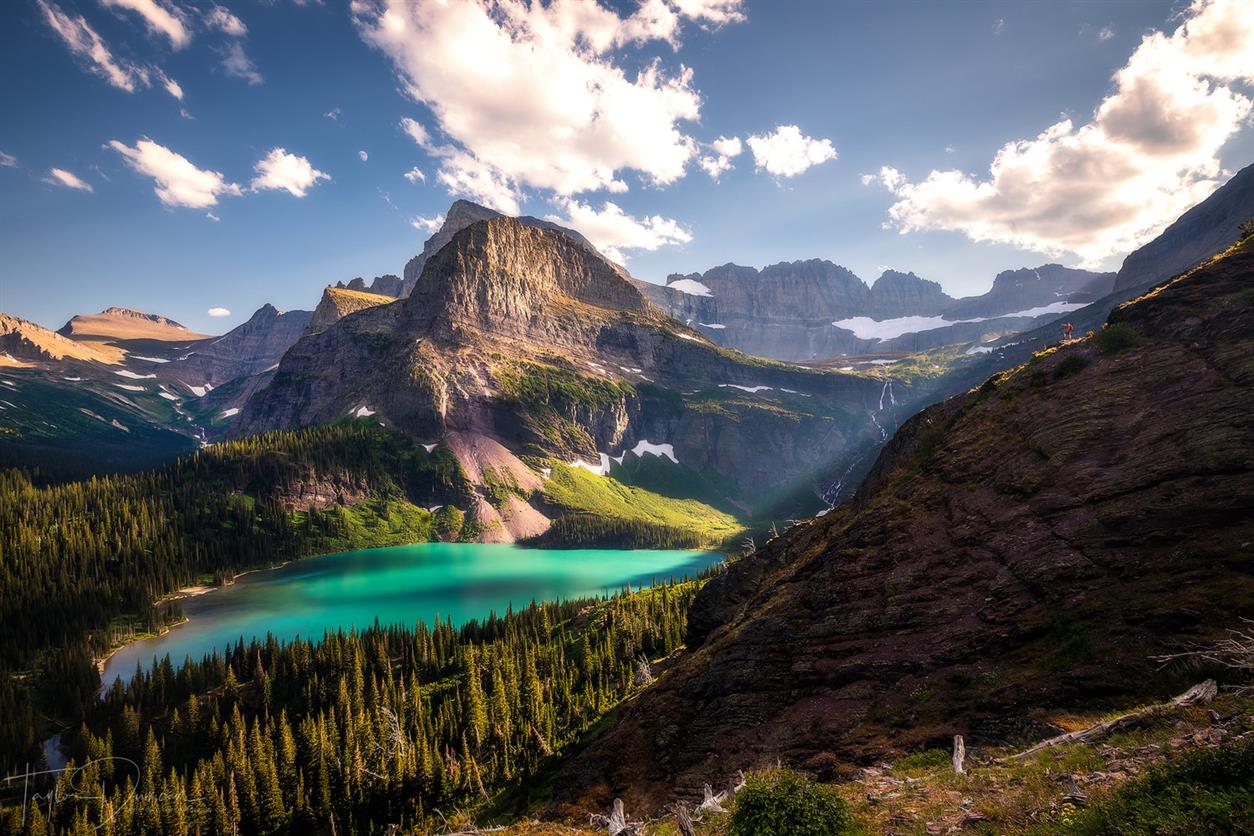
GET FAMILIAR WITH THE PARK’S WEBSITE BEFORE YOU COME
There is no way to overemphasize this. Those who live nearby still use the NPS website to keep tabs on events. Over a million acres make up the park, most of which are off-limits for the better part of the year. There are cameras, reports on the condition of roads and trails, and news about any closures or fires in the area. Simply showing there without any prior knowledge of the location can lead to a lot of unanticipated disappointment.
The park is divided in half along an axis running East and West. Visitors are sometimes unprepared for the fact that the east side of the park is closer to many of the top hikes they wish to do, but the west side has more eateries and housing alternatives.
Three hours on the road can seriously derail your hopes to get in a good trek on the other side of the park, which is located west to east.
Whether or not they plan to do any hiking, the Going-to-the-Sun route is the main draw for most visitors. From both the west and the east, reservations are now required to access the road; this makes it impossible to go out for huckleberry pancakes before driving in for a drive. And those typically sell out rapidly after they go on sale.
However, there are more than two entrances, with more on the east side than the west; however, beginning in July, all entries will require a reservation. Planning your trip to the Grand Canyon National Park is facilitated greatly by studying the maps provided on the GNP website, specifically the locations of the “must do” treks.
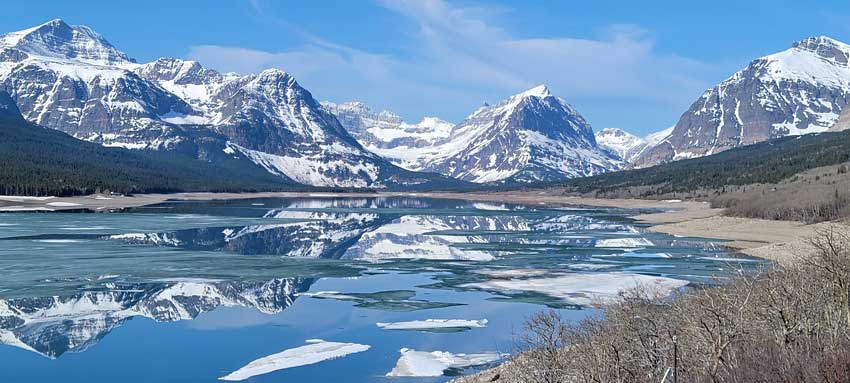
WILDFIRE SMOKE RISK
It’s possible for it to occur in July as well, however the odds increase as the late summer progresses. There will inevitably be days each year when the smoke gets too bad to be outside. Depending on the prevailing winds, it may only last a couple of days.
Half of the park has been closed on occasion due to a fire within the park, which is a huge inconvenience but unfortunately cannot be prevented.
As part of the natural cycle, there is always at least one major fire each year. It’s just a stroke of luck if you don’t have to deal with any smoke.
It’s important to note that smoke can appear in the sky even if there are no fires in Montana. Heavy smoke can be blown in from fires in California, Oregon, Idaho, and Washington.
THE IMPORTANCE OF STAYING FLEXIBLE
Be adaptable; wildfire smoke is a reality of life.A better day can be had by staying lower and hiking to lakes and waterfalls, even if there is a photo you really want to acquire. It’s irritating to hike up a difficult trail only to find that there are no scenic vistas at the top.
Are May and June not an option? These times can be amazing, with fewer people around. The Going-to-the-Sun Road is closed for the majority of the year, and you won’t receive those massive increases in altitude. At higher altitudes, snow persists far into July.
BIKING IN GLACIER NATIONAL PARK
Bikes can be ridden up until the point when the road is closed for snow plowing, but only if you’re eager for a challenging ride. It’s a fantastic opportunity to explore a portion of the park, but weekends are the only times the park allows tours. However, checking the official website will provide the most up-to-date information on accessibility and features.
Be very wary about getting your hopes up based on photos you see on social media.Many people share photos taken in July and August throughout the year. It’s not always what it seems.
Outside of the months of May through October, access is extremely limited. In addition, construction might make areas inaccessible for periods of time as they are modernized. You should become best friends with that official website if you want the latest updates.

THE PARK IS ACTUALLY QUITE WILD, PREPARE ACCORDINGLY
It’s puzzling how many folks I’ve seen on ten-mile routes without even a bottle of water, let alone bear spray or first aid supplies. This is not a typical public park. Which, depending on the city, may be significantly more risky, but which you should still be aware of before you go.
True wild animals do exist. More than once, I’ve had to politely recommend to other tourists that they move back a few feet in order to obtain a clear shot of that bull moose. Or perhaps you SHOULDN’T get out of the car and approach the bear on the side of the road.
If the sheep and goats aren’t moving, you shouldn’t be either. These creatures are accustomed to humans, but they still can’t be predicted.
Although they are the most dreaded, bears are rather rare; I hiked for years before encountering my first grizzly. Moreover, this is still another reason why you shouldn’t go hiking by yourself. Moose are the most threatening of the bunch, but any of them might potentially cause serious harm. The simple act of unexpectedly coming face to face with one is guaranteed to cause your pulse rate to skyrocket.
It’s exciting to observe them in the wild and frustrating to keep your distance, but the Park Rangers really need your help. Don’t make them feel like they need to save another victim or hunt down another animal because of their interaction with you. Keep your distance, use a zoom lens, and bring bear spray.
Don’t be afraid to raise your voice, even when you’re by yourself, and refrain from purchasing bear bells. They cause significant disruption to the rest of us hikers but have little effect on the bear population.
